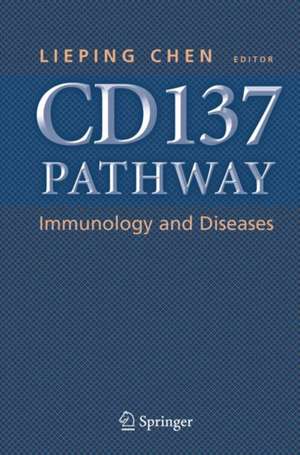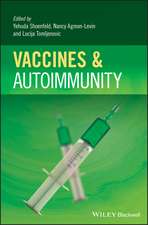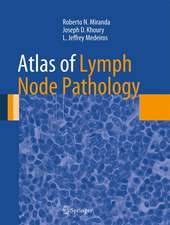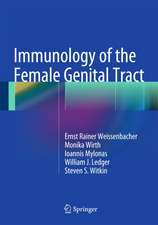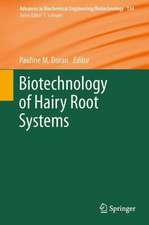CD137 Pathway: Immunology and Diseases
Editat de Lieping Chenen Limba Engleză Hardback – 5 oct 2006
| Toate formatele și edițiile | Preț | Express |
|---|---|---|
| Paperback (1) | 707.86 lei 6-8 săpt. | |
| Springer Us – 26 noi 2014 | 707.86 lei 6-8 săpt. | |
| Hardback (1) | 715.00 lei 6-8 săpt. | |
| Springer Us – 5 oct 2006 | 715.00 lei 6-8 săpt. |
Preț: 715.00 lei
Preț vechi: 752.63 lei
-5% Nou
Puncte Express: 1073
Preț estimativ în valută:
136.82€ • 143.50$ • 113.90£
136.82€ • 143.50$ • 113.90£
Carte tipărită la comandă
Livrare economică 01-15 aprilie
Preluare comenzi: 021 569.72.76
Specificații
ISBN-13: 9780387313221
ISBN-10: 0387313222
Pagini: 139
Ilustrații: XII, 139 p.
Dimensiuni: 156 x 235 x 11 mm
Greutate: 0.4 kg
Ediția:2007
Editura: Springer Us
Colecția Springer
Locul publicării:New York, NY, United States
ISBN-10: 0387313222
Pagini: 139
Ilustrații: XII, 139 p.
Dimensiuni: 156 x 235 x 11 mm
Greutate: 0.4 kg
Ediția:2007
Editura: Springer Us
Colecția Springer
Locul publicării:New York, NY, United States
Public țintă
ResearchDescriere
It is still hard to believe that manipulation of a single protein on the cell surface or an interaction of two or more proteins, which at times is collectively referred to as a “pathway,” could have such a profound effect on our immune system. At present, a number of such proteins or pathways have been identi?ed. These observations could only be interpreted in a way that, although tens of thousand of proteins are required for a perfectly healthy immune system, many of these pathways may work in either interconnected or linear fashion. Therefore, the combined understanding of each pathway, their interactions with other pathways, and the functional c- sequence, is a cornerstone for our interpretation of pathological basis of diseases and future treatments. It is important to stay abreast on the pace of progress, which I refer to as periodic summary of incremental and breakthrough discoveries in each pathway by the experts and the leader in the ?eld. The CD137 Pathway: Immunology and Diseases represents such an effort and this is the ?rst attempt to summarize our understanding of the CD137 pathway. The following chapters cover the majority of active areas of research in this pathway and also provide an essential resource to both the nonexperts and experts in the ?eld.
Cuprins
Genes, Transcripts and Proteins of CD137 Receptor and Ligand.- CD137 Signal Transduction.- Significance of Reverse Signal Transduction for the Biology of the CD137 Receptor/Ligand System.- CD137 Signal in the Regulation of Innate Immunity.- Regulation of T Cell-Dependent Humoral Immunity Through CD137 (4-1BB) Mediated Signals.- CD137 in the Regulation of T Cell Response to Antigen.- Autoimmune Diseases.- CD137/CD137 Ligand in Tumor and Viral Immunotherapy.
Textul de pe ultima copertă
This comprehensive volume, written by experts in the field, covers nearly all aspects of ongoing research related to the CD137 pathway. Recent research has shown that the manipulation of CD137 pathway molecules is very promising in the treatment of cancer, viral infection, transplantation rejection and autoimmune diseases in experimental animal models. The volume includes research related to the identification and understanding of functional consequences of CD137 receptor and ligand molecules which represents a major effort in the field of immunology. CD137 Pathway: Immunology and Diseases is an ideal book for immunologists, microbiologists, cancer researchers, molecular biologists, biochemists, and pharmaceutical and biotechnology company scientists.
Caracteristici
CD 137 pathway is emerging as one for the most important targets for manipulation of immune responses for disease diagnosis and treatment
